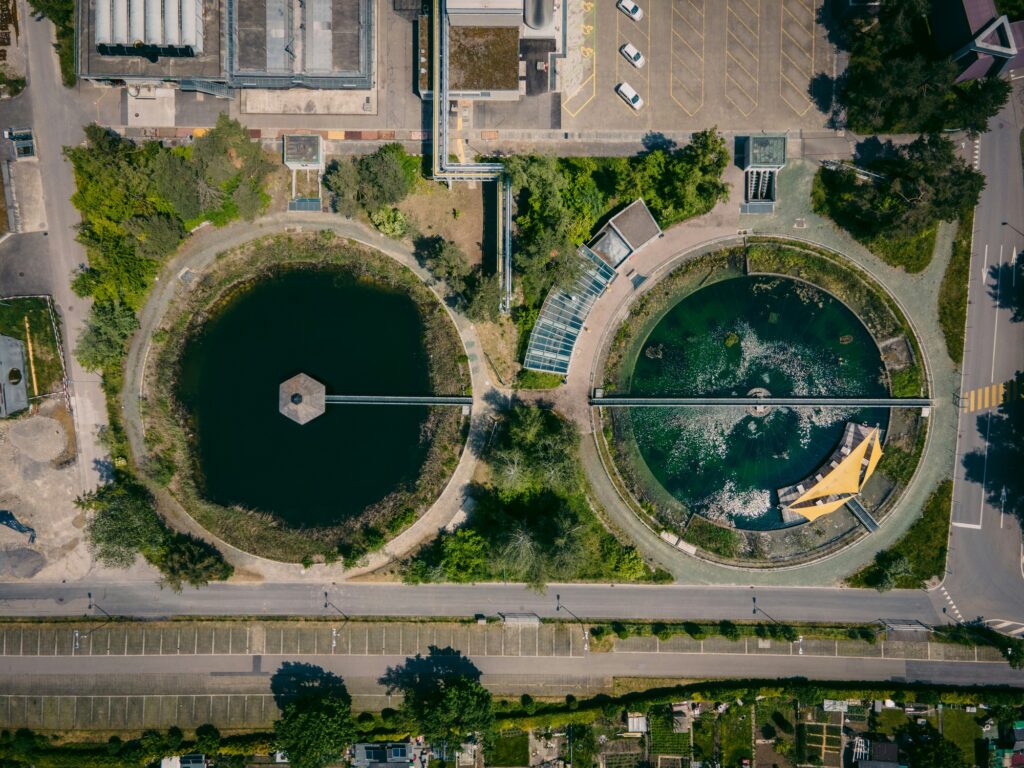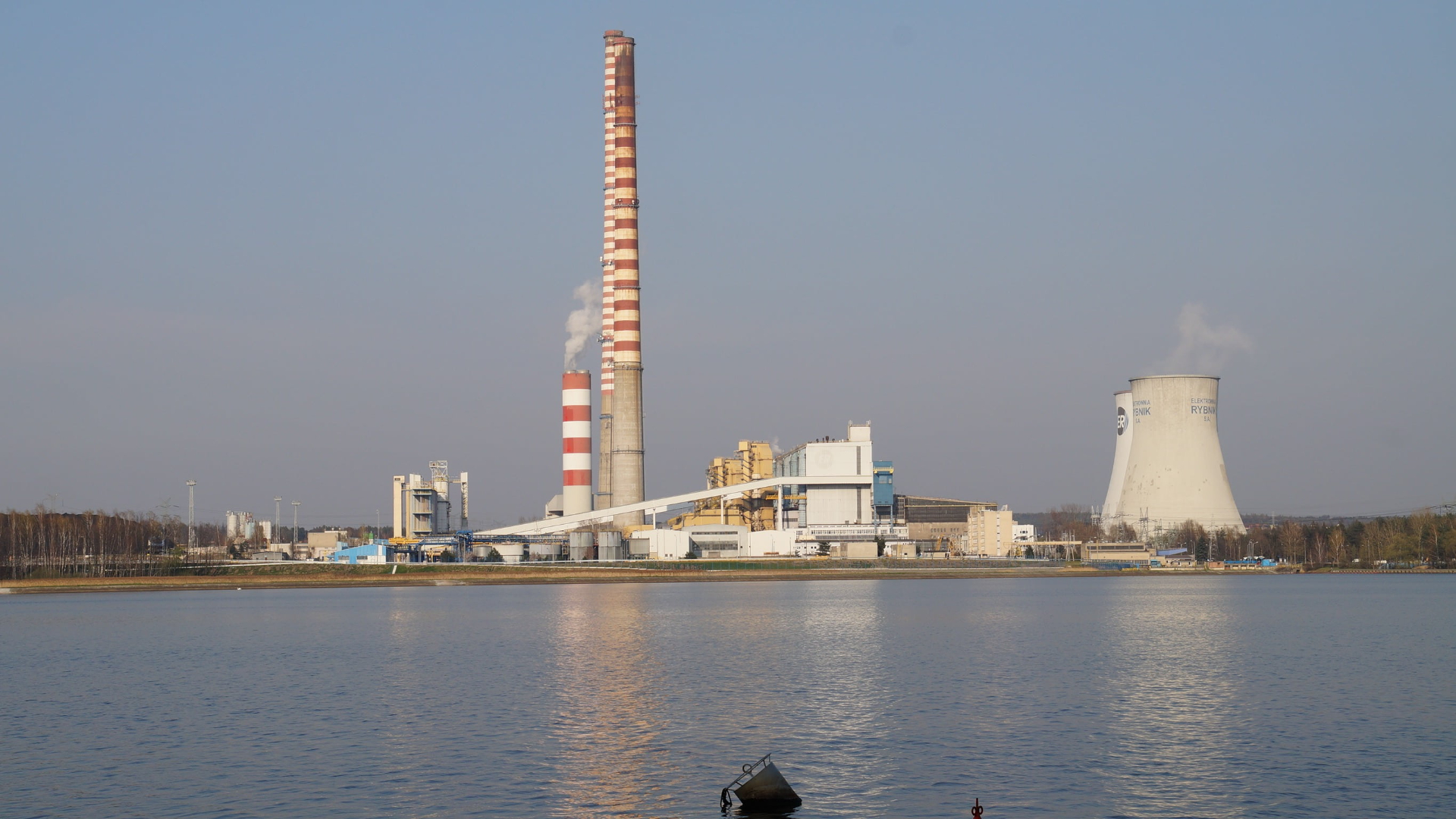Several core elements of sewage treatment plants:
Site selection: The location of the sewage treatment plant should ensure that the treated sewage can be discharged smoothly without causing secondary pollution to the environment. At the same time, the site selection should also take into account issues such as noise and odor during construction and operation to ensure that the impact on surrounding residents is minimized.
Environmental impact: Maintaining a certain sanitary protection distance can reduce the impact of odor and noise generated during sewage treatment on residents and ensure the health and safety of the surrounding environment.
Topographic conditions: Choosing a low-lying area can reduce the number of lift pump stations and reduce energy consumption. At the same time, the appropriate slope also helps the sewage to flow by itself and reduce operating costs.
Transportation and Infrastructure: Good transportation and infrastructure can facilitate the transportation and installation of equipment, as well as subsequent maintenance and management.
Long-term planning: Considering the future development of the city, choosing a scalable factory site can avoid the trouble of relocation due to future urban expansion and reduce the waste of resources and the environment.
Add some practical precautions:
Technical evaluation: Compare the technical solutions of different manufacturers, understand their treatment processes, equipment efficiency, energy consumption levels and long-term operating costs, and select the technical solution that best suits your needs.
Market research: Conduct on-site inspections of completed projects or contact existing customers to understand the actual operating results and verify the manufacturer’s implementation capabilities and the actual performance of the equipment.
After-sales service: Understand the manufacturer’s after-sales service system, including installation guidance, operation training, maintenance response speed, spare parts supply and technical support, to ensure long-term and stable operation of the equipment.
Cost-benefit analysis: Comprehensively consider equipment performance, price, and long-term operation and maintenance costs, and select the most cost-effective solution to ensure maximum return on investment.



生化膜反应器14-scaled.jpg)
生化膜反应器4-scaled.jpg)


